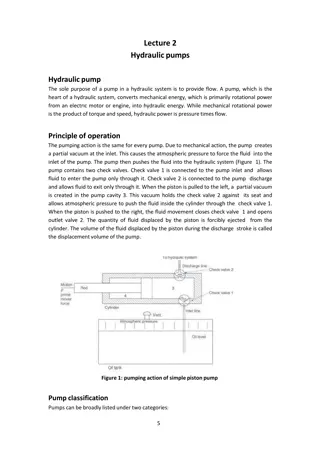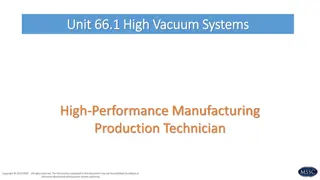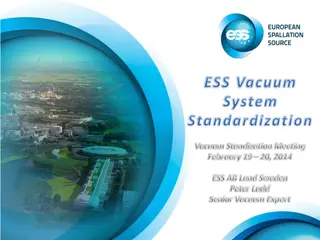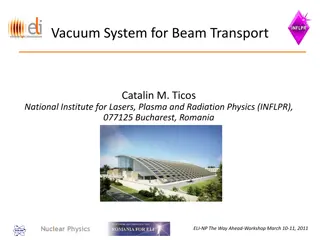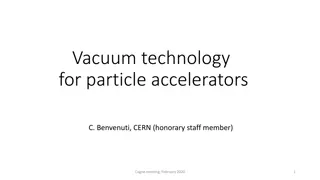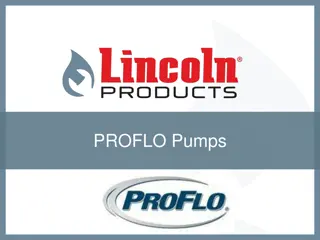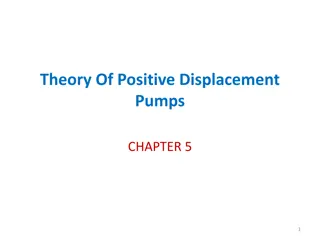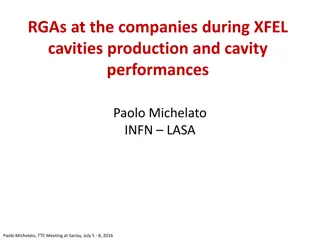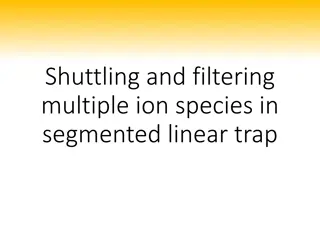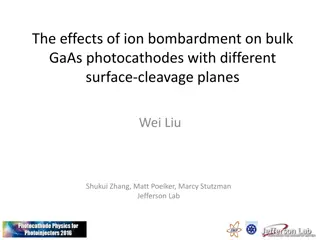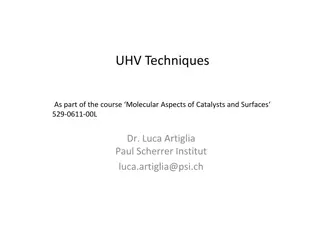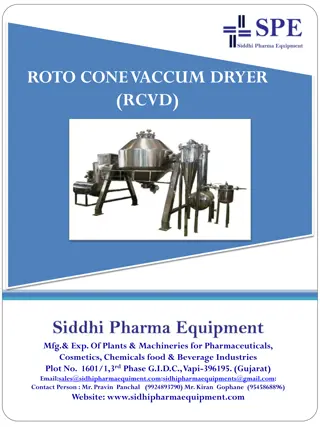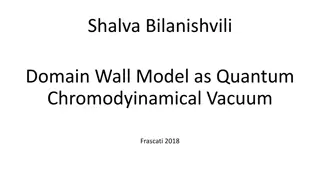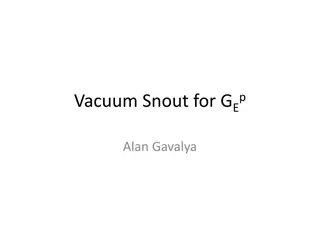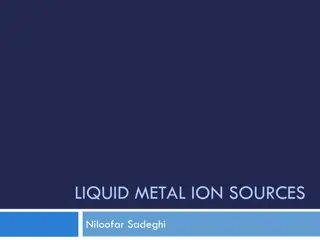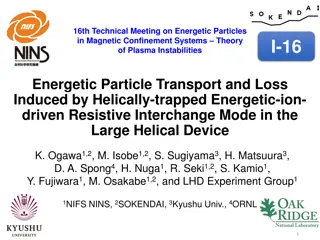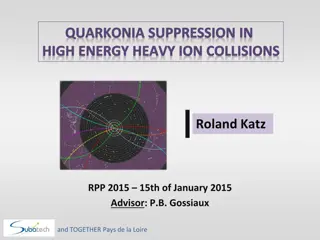Understanding Ion Pumps and High Vacuum Systems
Explore the world of ion pumps and high vacuum systems, including the importance of creating a good vacuum, the different types of pumps available, the significance of ultra-high vacuum environments, and the features of ion pumps. Discover the technologies and processes involved, from chemisorption to electrical attraction, in maintaining efficient operations in high vacuum conditions.
Download Presentation

Please find below an Image/Link to download the presentation.
The content on the website is provided AS IS for your information and personal use only. It may not be sold, licensed, or shared on other websites without obtaining consent from the author. Download presentation by click this link. If you encounter any issues during the download, it is possible that the publisher has removed the file from their server.
E N D
Presentation Transcript
ION PUMPS By: Nima Moghimian
Why pump? Why vacuum? What is a good vacuum?
What is a good vacuum? Ultra High Vacuum (UHV) NO Vacuum Rough Vacuum Low Vacuum High Vacuum (HV) Pa 1Pa = 7.5 x 10-3 Torr
Types of pumps Ion pumps Turbomolecular pumps Diffusion pumps Rotary and Dry pumps Ultra High Vacuum (UHV) Rough Vacuum NO Vacuum Low Vacuum High Vacuum (HV) Pa
SEM pumps 10-8Pa 105 Pa 10-4Pa 10-1Pa
Ion pump anode Ti Ti N S + DC Power supply _
Ion pump + + + + + + + + + + + - - - - - - - - - - - - e e N S e e e e + + + + + + + + + + + + DC Power supply _
+ + + + + + + + e + _ _ _ _ _ _ 1. Collision 2. Ionization 3. Sputtering 4. Condensation e +
Chemisorption N S Electrical attraction + DC Power supply _
_ _ _ _ _ _ _ _ _ _ _ _ _ _ _ _ + + + + + + + + + + + + + + e + + N S e + + + + + + + + + + + + + + + DC Power supply _
Ion pump features No Oil No moving parts Only efficient at high vacuums


